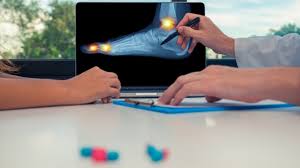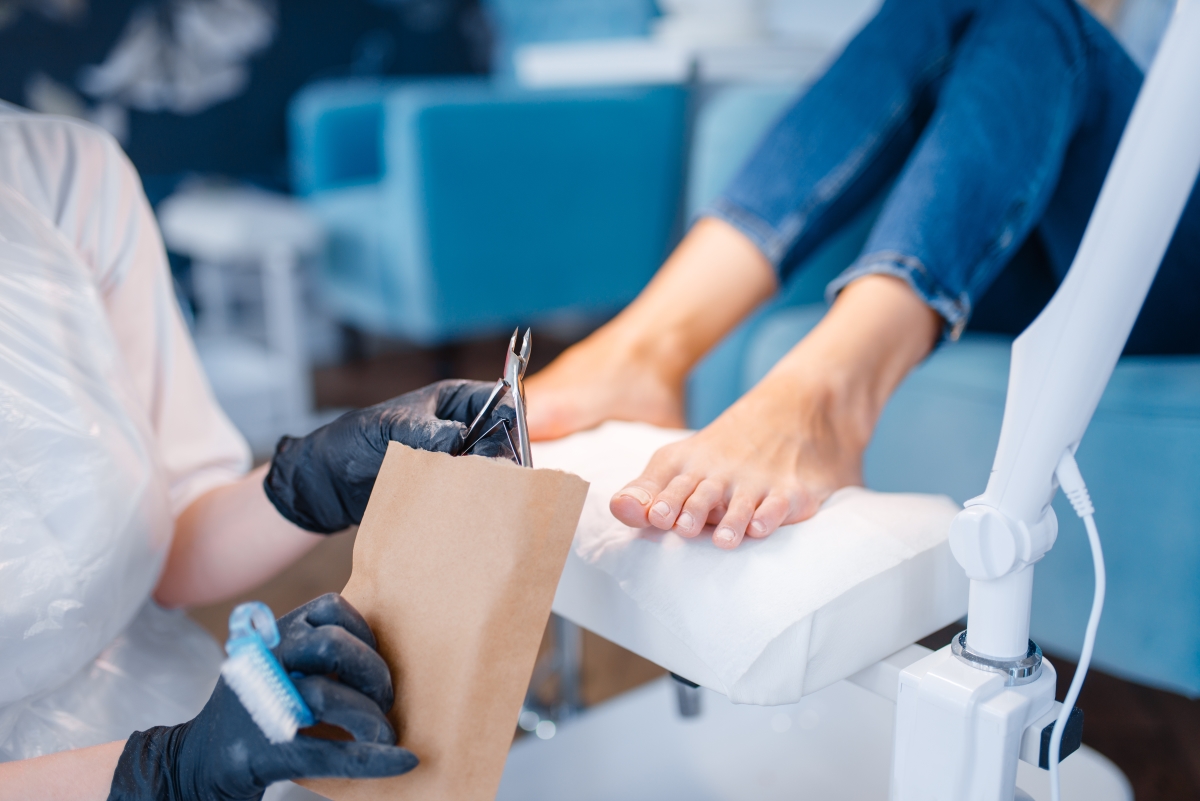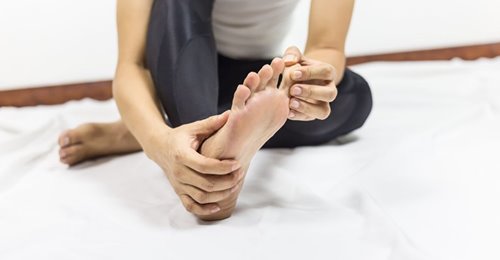For patients living with diabetes, complications involving the feet and lower limbs are unfortunately common and potentially life-altering. One of the most serious risks is lower extremity amputation due to non-healing wounds, infections, or critical limb ischemia. However, through specialized limb salvage techniques, it’s often possible to prevent amputation and preserve a patient’s mobility and quality of life.
At Garden State Foot & Ankle Group, we prioritize limb preservation by combining advanced wound care, vascular assessment, and surgical expertise. In this article, we’ll explore why limb salvage is so important for diabetic patients and how early intervention can make all the difference.
Understanding Limb Salvage
Limb salvage refers to a multidisciplinary approach aimed at preventing amputation by treating complex wounds, infections, and vascular issues that threaten the health of a limb. This process often involves a combination of wound care management, revascularization (restoring blood flow), infection control, and sometimes reconstructive surgery.
For diabetic patients, the stakes are even higher. Diabetes impairs the body’s ability to heal, often leading to chronic wounds and infections that can quickly escalate without proper care.
Why Diabetic Patients Are at Higher Risk
Diabetic patients are particularly vulnerable to foot and leg complications due to two primary factors: peripheral neuropathy and poor circulation.
Peripheral neuropathy diminishes sensation in the feet and legs, making it difficult for patients to notice injuries, ulcers, or infections. As a result, wounds may go untreated until they become severe.
At the same time, diabetes-related vascular disease can limit blood flow to the lower extremities. This impaired circulation hampers the body’s ability to heal, increasing the risk of infection and tissue death.
When these factors combine, they create a dangerous scenario where a minor wound can escalate into a life-threatening condition. Without timely intervention, amputation may become the only option.
The Role of Limb Salvage in Preventing Amputation
Limb salvage aims to break this dangerous cycle through a comprehensive treatment plan designed to heal wounds, restore circulation, and preserve function.
1. Early Detection and Diagnosis
Early diagnosis is critical in limb salvage. Regular diabetic foot exams help identify problems before they become severe. At GSFA Group, we use advanced diagnostic tools to assess vascular health, nerve function, and wound severity.
2. Advanced Wound Care Techniques
Our team employs state-of-the-art wound care treatments, including:
- Debridement to remove dead tissue
- Specialized dressings and wound vacuums
- Hyperbaric oxygen therapy in certain cases to promote healing
These methods accelerate wound healing and prevent infection from spreading.
3. Vascular Intervention
Restoring proper blood flow is essential for healing. Our team collaborates with vascular specialists to perform procedures such as angioplasty or bypass surgery when necessary. These interventions ensure tissues receive the oxygen and nutrients they need to recover.
4. Infection Management
Infections in diabetic wounds can be aggressive. We use targeted antibiotic therapies and, when necessary, surgical debridement to stop infections from progressing.
5. Reconstructive Surgery
In some cases, surgical intervention is necessary to reconstruct damaged tissue or bones. These procedures aim to restore function and improve mobility, ultimately preventing amputation.
Benefits of Limb Salvage for Diabetic Patients
Choosing limb salvage over amputation has profound benefits for diabetic patients, including:
- Preserved Mobility: Keeping the limb intact allows patients to maintain an active lifestyle.
- Better Quality of Life: Avoiding amputation reduces emotional and psychological stress.
- Improved Prognosis: Studies show that diabetic patients who undergo amputation have higher mortality rates than those who receive limb salvage care.
- Lower Long-Term Healthcare Costs: Amputation often leads to extended rehabilitation and prosthetics, which can be costly.
Why Choose Garden State Foot & Ankle Group for Limb Salvage?
At GSFA Group, we specialize in diabetic foot care and limb salvage. Led by Dr. Manooj Prasad, DPM, FACFAS, our team takes a multidisciplinary approach to treat complex diabetic foot conditions. We offer:

- Personalized care plans based on each patient’s condition
- Onsite advanced wound care technologies
- Collaborative vascular assessments and treatments
- Compassionate, patient-centered care focused on long-term outcomes
Our goal is simple: to prevent amputations and help our patients live healthier, more active lives.
Schedule Your Limb Salvage Consultation Today
If you or a loved one is living with diabetes and experiencing non-healing wounds, ulcers, or foot pain, don’t wait. Early intervention can save your limb and your life.
Contact Details:
Contact Garden State Foot & Ankle Group today to schedule a consultation.
📍 Toms River Location
1430 Hooper Ave Suite 202
Toms River, NJ 08753
📍 Belleville Location
36 Newark Ave Suite 214
Belleville, NJ 07109
📞 Phone: (732) 505-9700
🌐 Website: gsfagroup.com


0 Comments